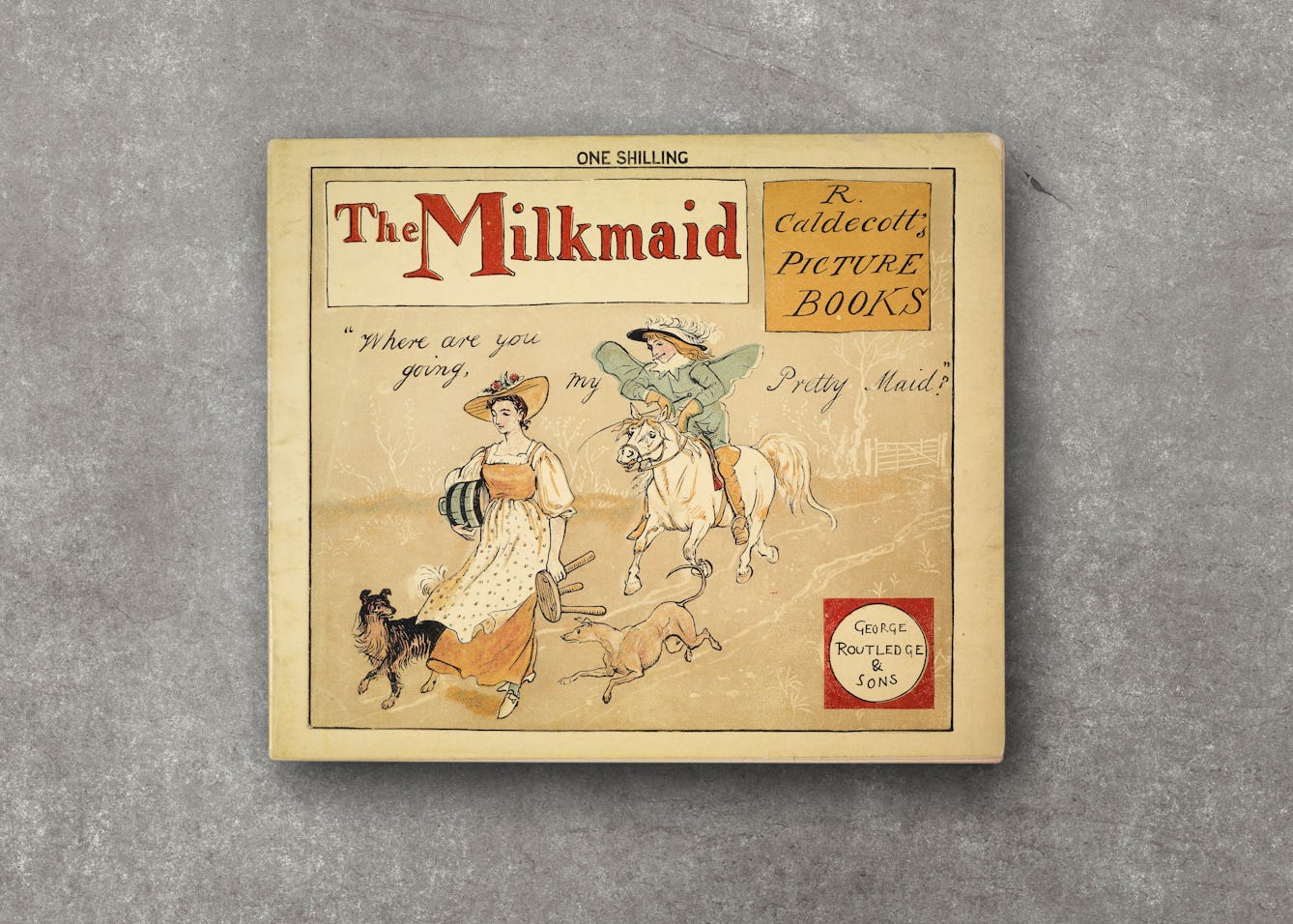
- In pictures
- In pictures
Milkmaids and the image of purity
Once the ultimate symbol of both sexual virtue and product purity, the milkmaid’s wholesome image gradually became tainted as industrialisation eroded the rural idyll.
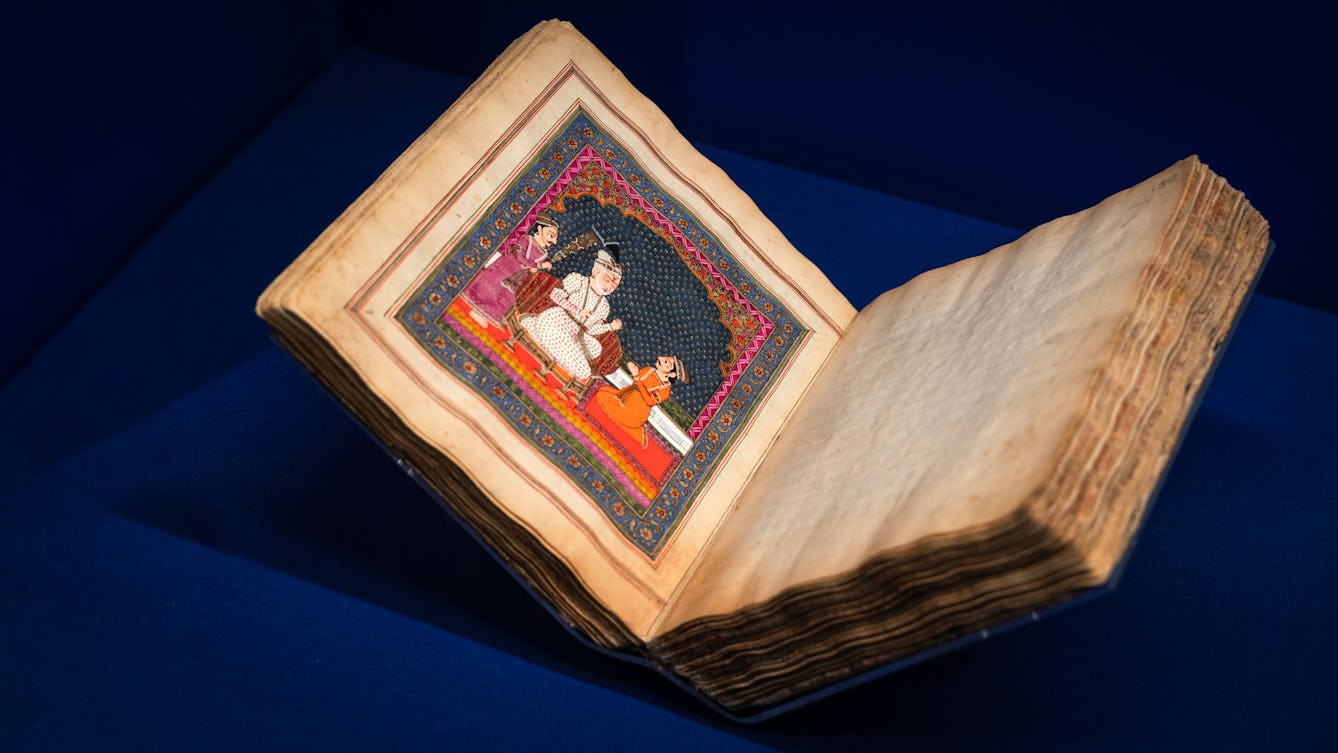
- Article
- Article
The eye of darshan
The Hindu concept of darshan means “divine revelation”, but it’s also about the multilayered ways in which we see the world around us. Adrian Plau explains how one image in a Panjabi manuscript relates to darshan, and why it’s so striking.

- In pictures
- In pictures
Can graphic design save your life?
These images show how it’s been trying to do exactly that for nearly 200 years.

- Article
- Article
The blood notebooks
Novelist Rupert Thomson explores his unusual behaviour during a time of self-imposed isolation.

- Article
- Article
Printing the body
The 18th century saw multiple technical developments in both printing and medicine. Colourful collaborations ensued – to the benefit of growing ranks of medical students.
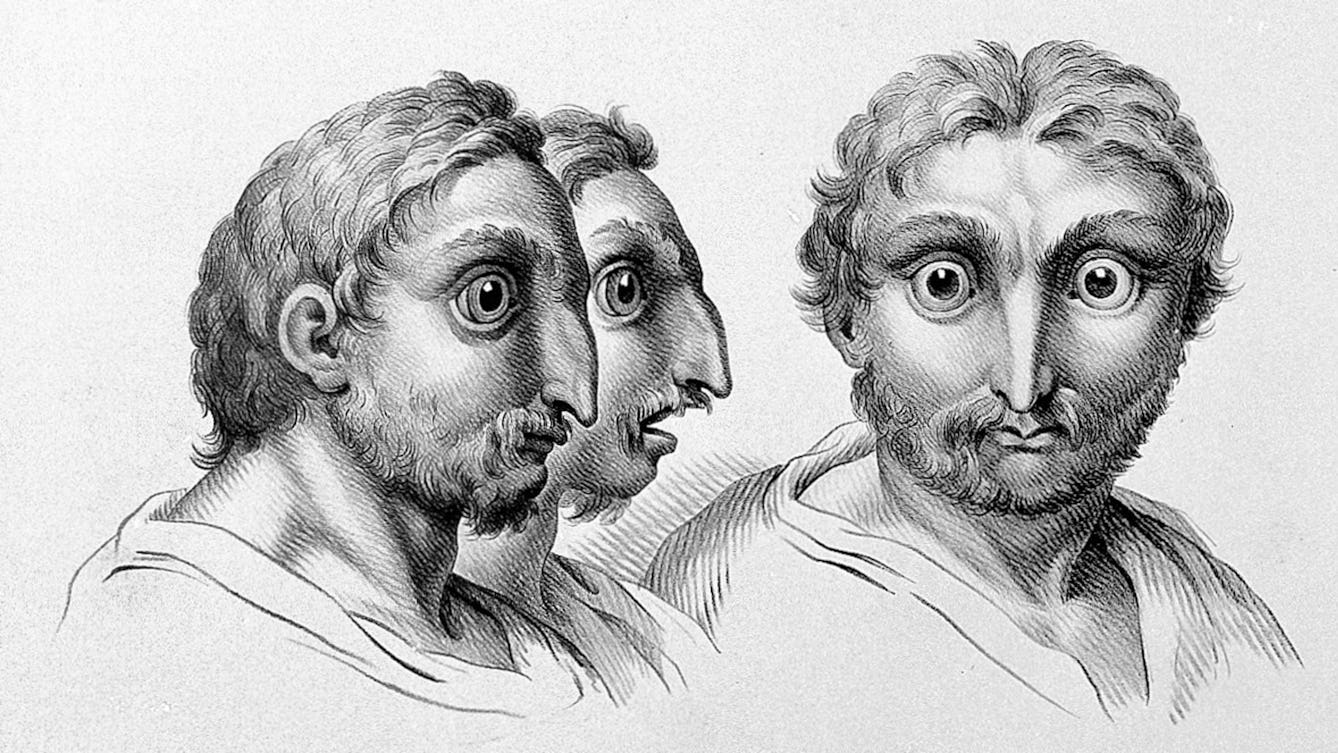
- Article
- Article
Drawing the human animal
We might try to deny our animal instincts, but this series of extraordinary 17th-century drawings suggests they are only too apparent.

- In pictures
- In pictures
How DNA’s spirals help us understand the shape of life
Twisting across our screens, the double helix of DNA is an icon of our age. And visualising microscopic structures is integral to our understanding of science, as Charlotte Sleigh reveals.

- Photo story
- Photo story
Portraits, from a distance
Join photographer Michelle Sank on her daily walk around Exeter. Strength, frustration, resilience and eccentricity all show in these candid images portraying life under the constraints of coronavirus lockdown.

- In pictures
- In pictures
Forensic sculpture and the uncannily human clay heads
"There is a point when there are suddenly twice as many people in the class."
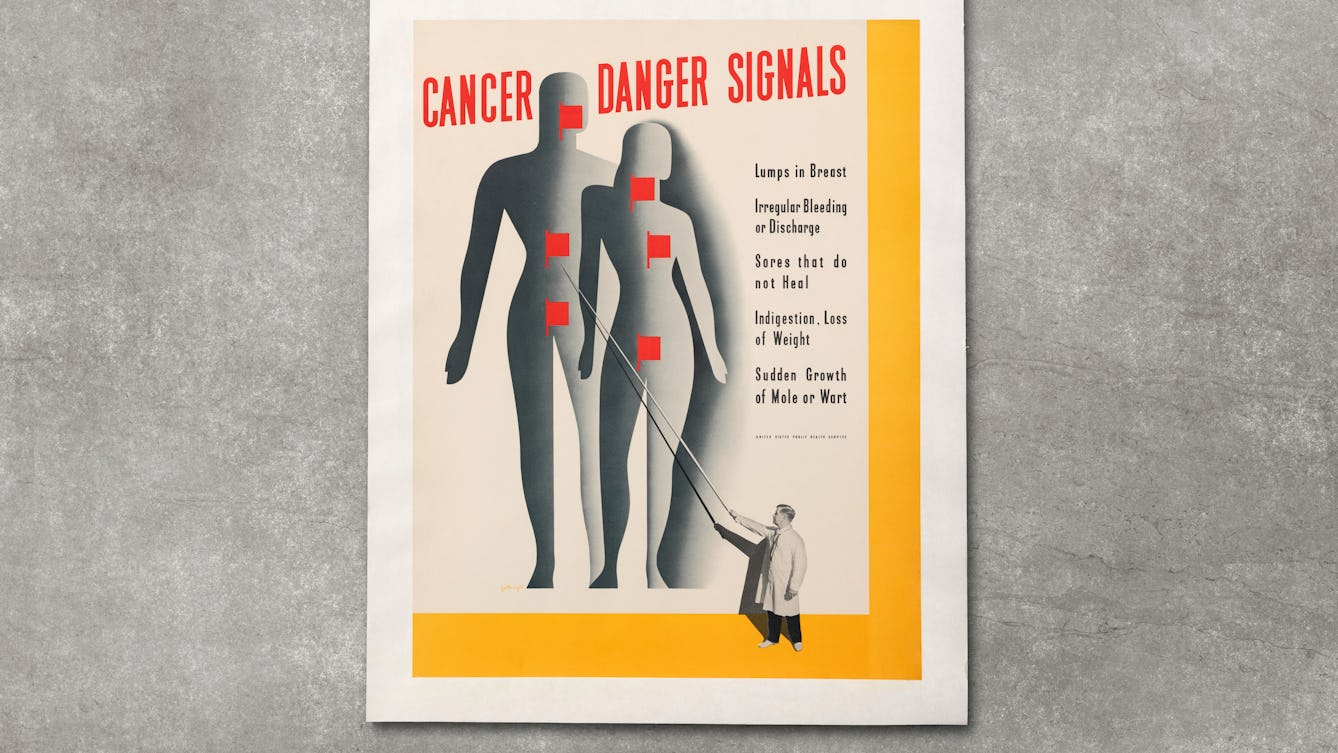
- In pictures
- In pictures
A visual history of cancer
Cancer has a reputation as a modern disease, but these historical images show that it’s been part of our lives for centuries.

- In pictures
- In pictures
Finding the ‘men’ in mental health
Explore how ideas about masculinity have influenced the way men talk about and experience their mental health, from the 1800s to today.
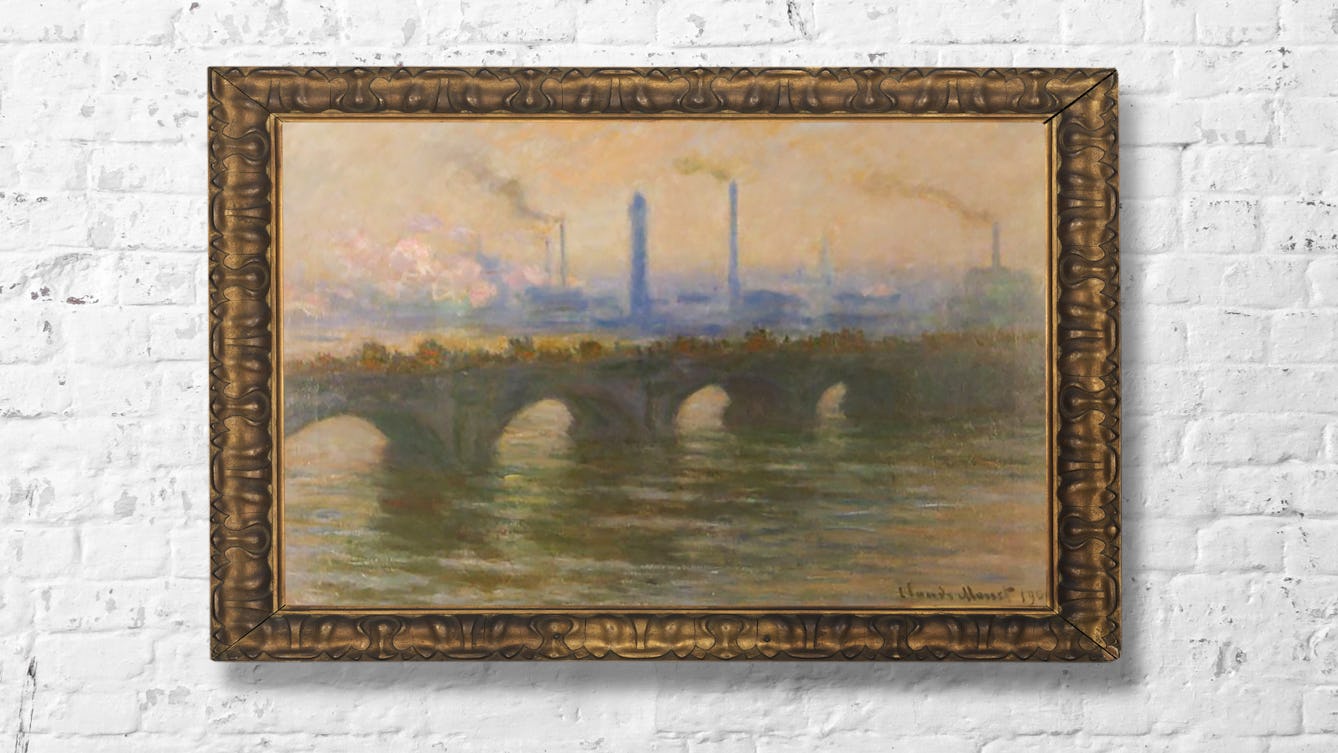
- In pictures
- In pictures
Guilty chimneys and the threat to the air we breathe
Industrialisation brought visibly polluted air to the world’s cities, captured in various media from the 1800s. Angela Saward explores the methods used, and the messages the images conveyed.

- Photo story
- Photo story
Temporary chroma key memorials
In this imaginary podcast, artist A R Hopwood creates a scene where he interviews his friend and former collaborator ‘Paul’, who died by suicide in 2019.

- In pictures
- In pictures
The beautiful language of bookplates
Don’t judge a book only by its cover. Take a look inside, where decorative bookplates reveal stories that cross continents and centuries.
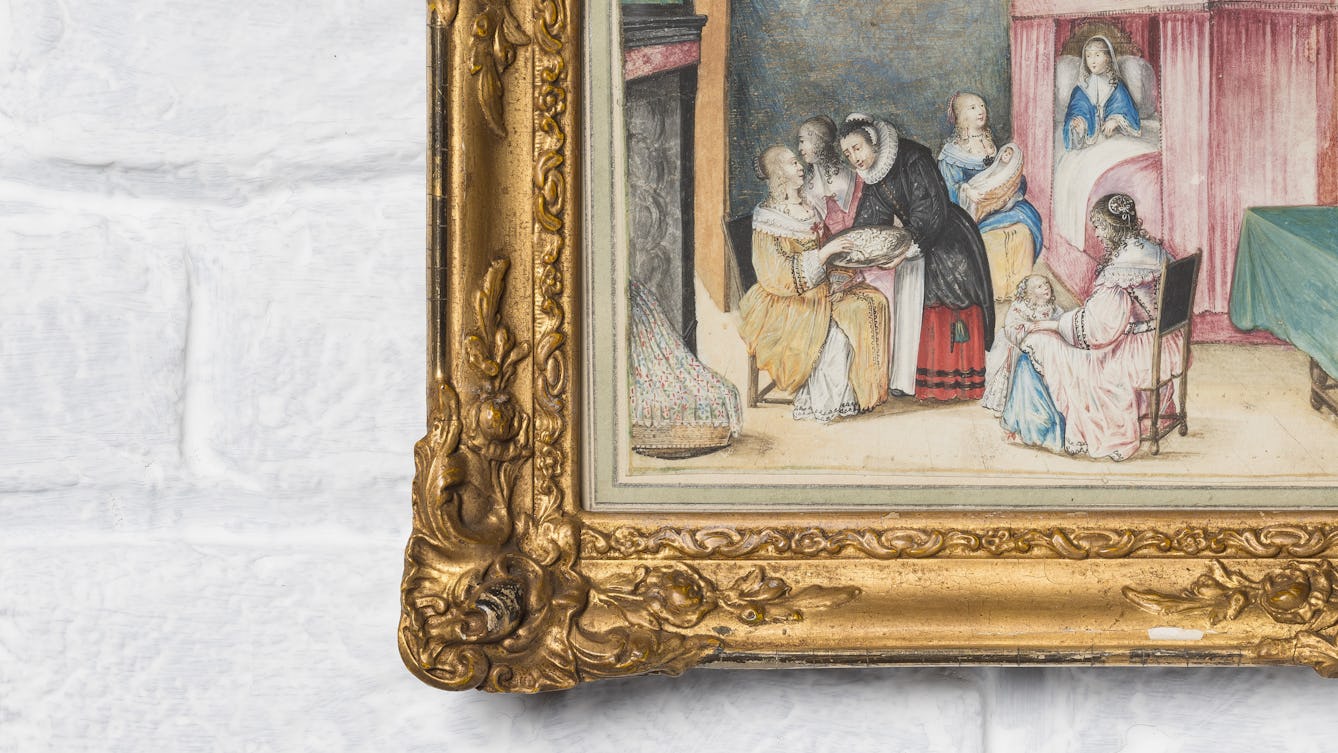
- In pictures
- In pictures
Superstition, contagion and medical rumour
The great generator of confusion, rumours have not spared human health from their chaos. Find out how whispers, gossip and rumours have caused medical mishaps through the ages.
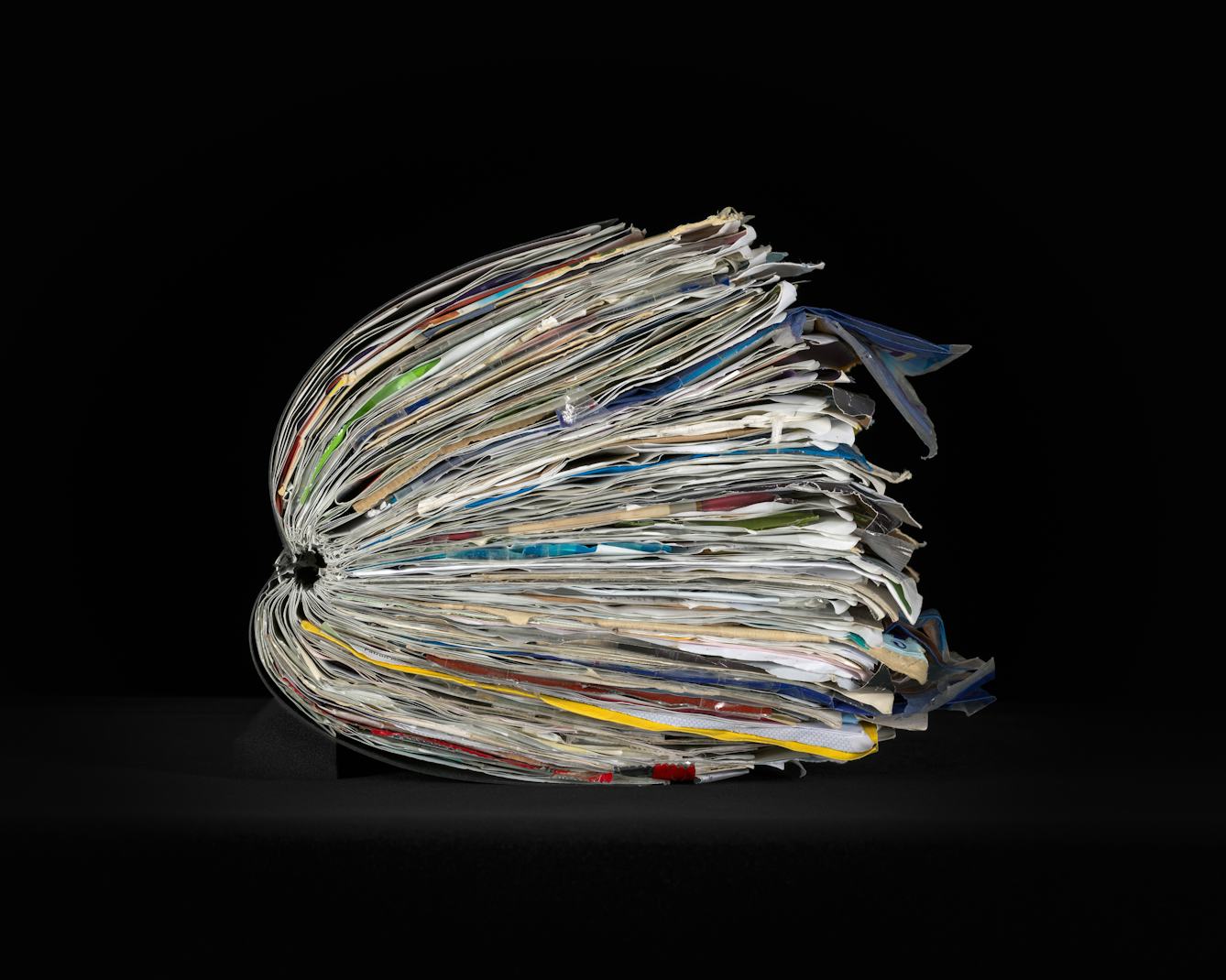
- Article
- Article
Who was Audrey Amiss?
Elena Carter introduces the vast collection left behind by artist Audrey Amiss, who documented her life in astonishing detail.
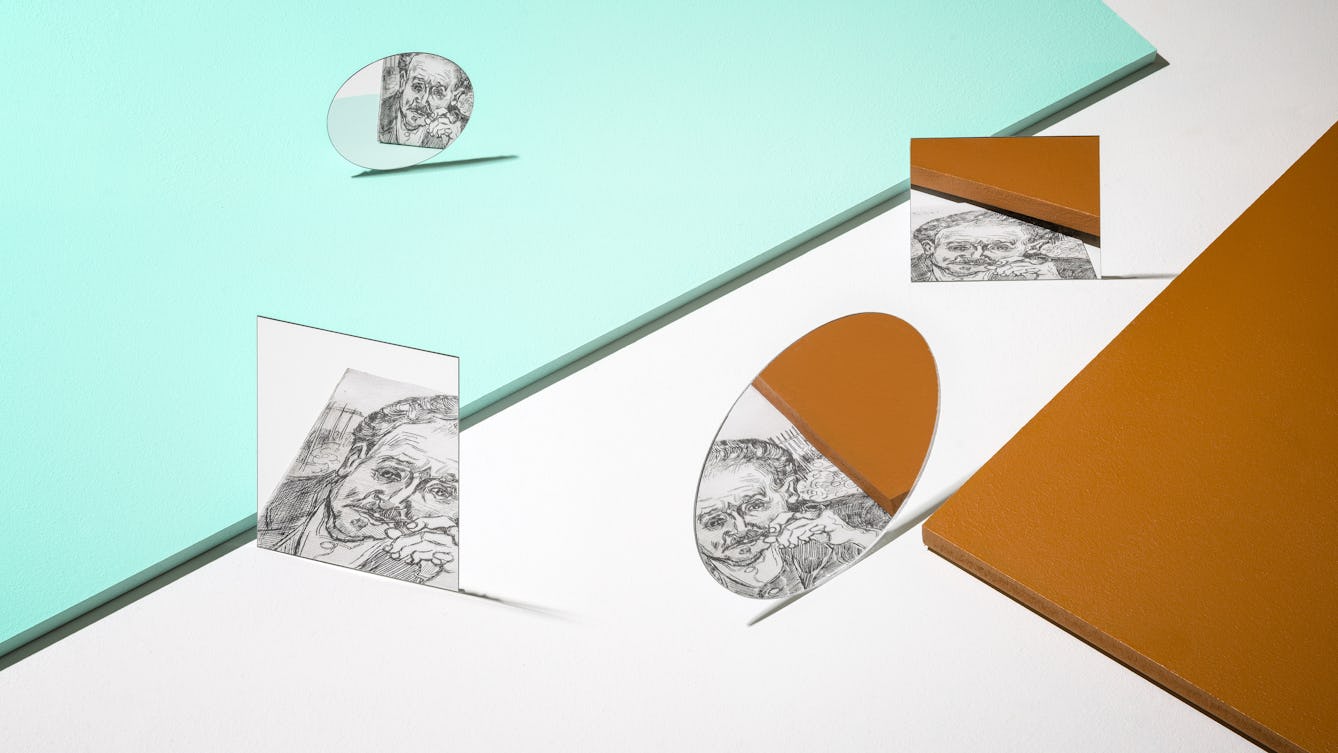
- Article
- Article
Reversing the psychiatric gaze
Nineteenth-century psychiatrists were keen to categorise their patients’ illnesses reductively – by their physical appearance. But we can see a far more complex picture of mental distress, revealed by those patients able to express their inner worlds in art.
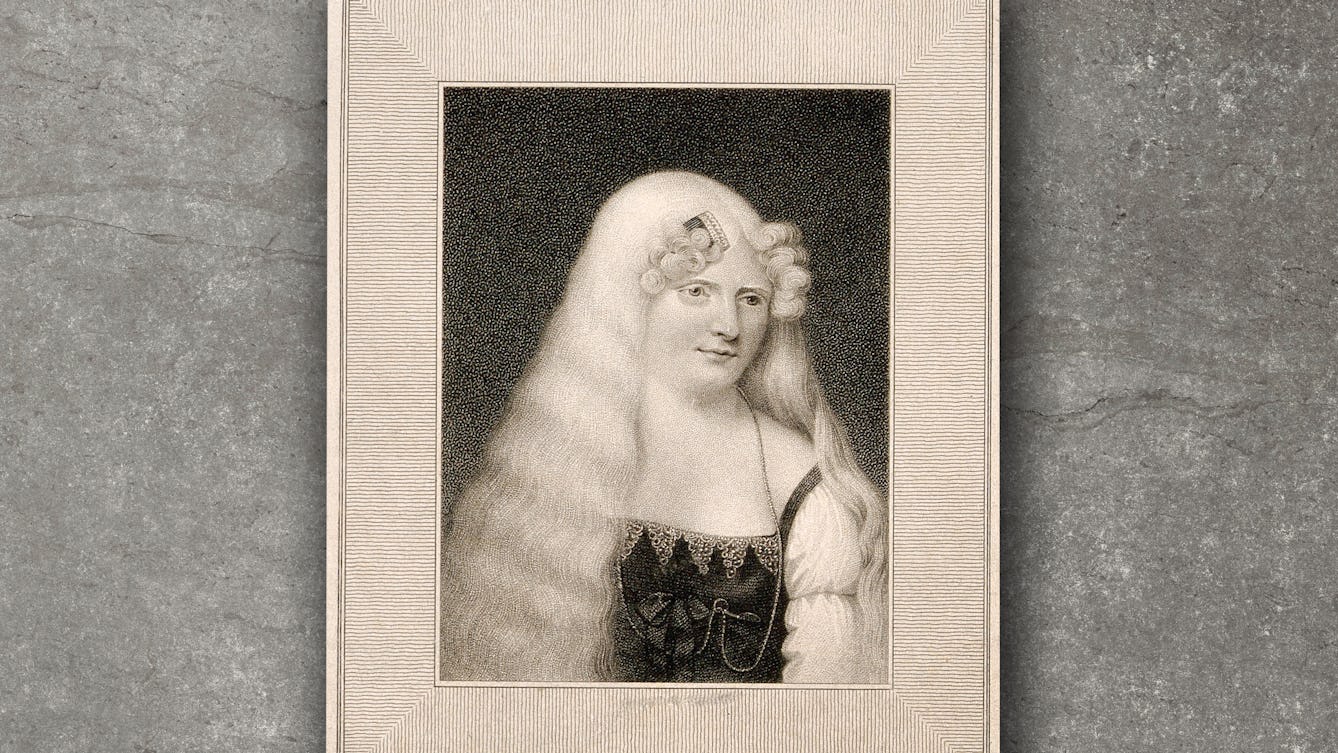
- In pictures
- In pictures
A personal history of albinism
Caroline Butterwick has often felt singled out because of her albinism. Here she explores how the genetic condition has affected her life, and how self-acceptance has followed understanding.
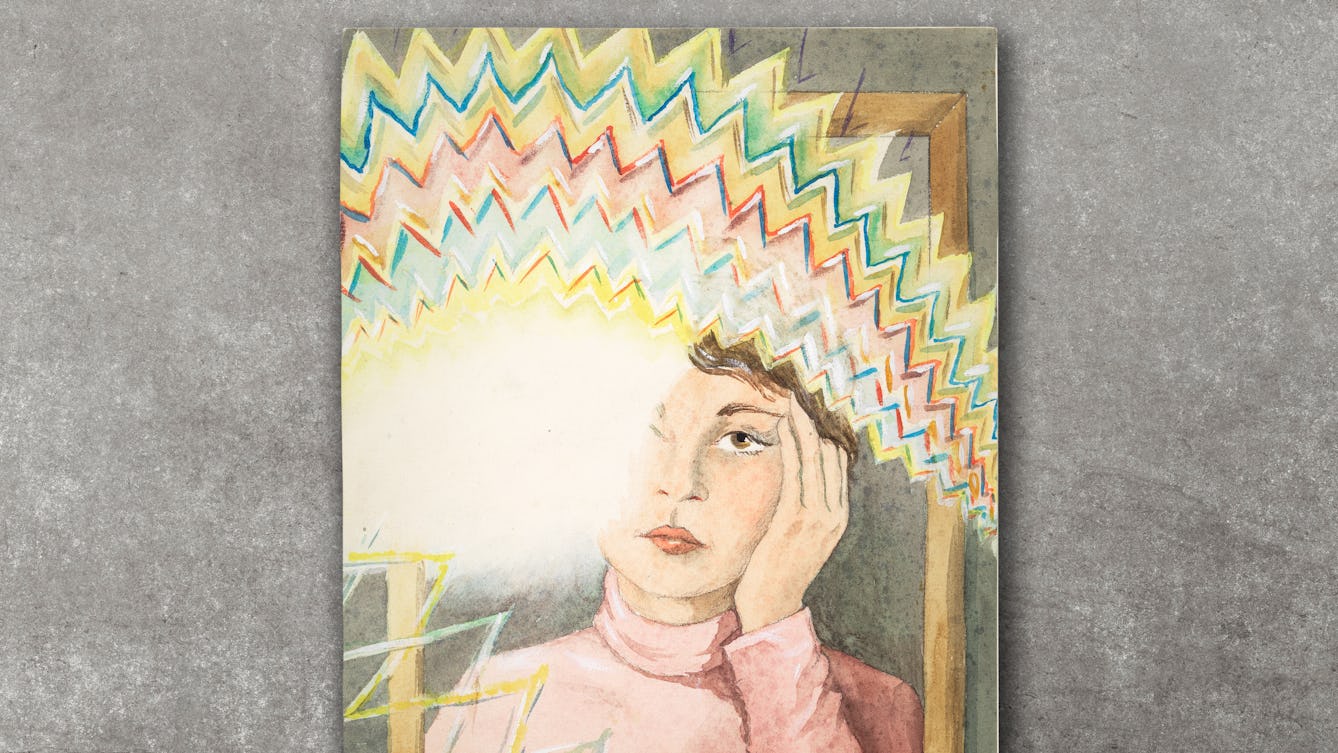
- In pictures
- In pictures
The Migraine Art Competition Collection
The Migraine Art Competition ran for seven years in the 1980s and resulted in over 500 unique and striking works of art that represent what it means to live with migraine.

- In pictures
- In pictures
How we visualise viruses
Discover how images of the antigens that make us sick have evolved over time and been tailored to meet the demands of different epidemics.

- Article
- Article
Manipulating the evidence with deepfake technology
How can you be sure that the person speaking on the screen is genuine? Find out how sophisticated digital manipulation is blurring the boundaries between real and ‘deepfake’.

- Article
- Article
Photographs as evidence of gender identity and sexuality
Intriguing photographs from sexologists’ archives suggest they could have helped people explore their gender identity and sexuality.

- Article
- Article
Guide dogs or good dogs from the Middle Ages
Medieval illustrations often show blind people, sometimes with dogs. But working out whether these were actually guide dogs involves a mix of detailed detective work and expert speculation.
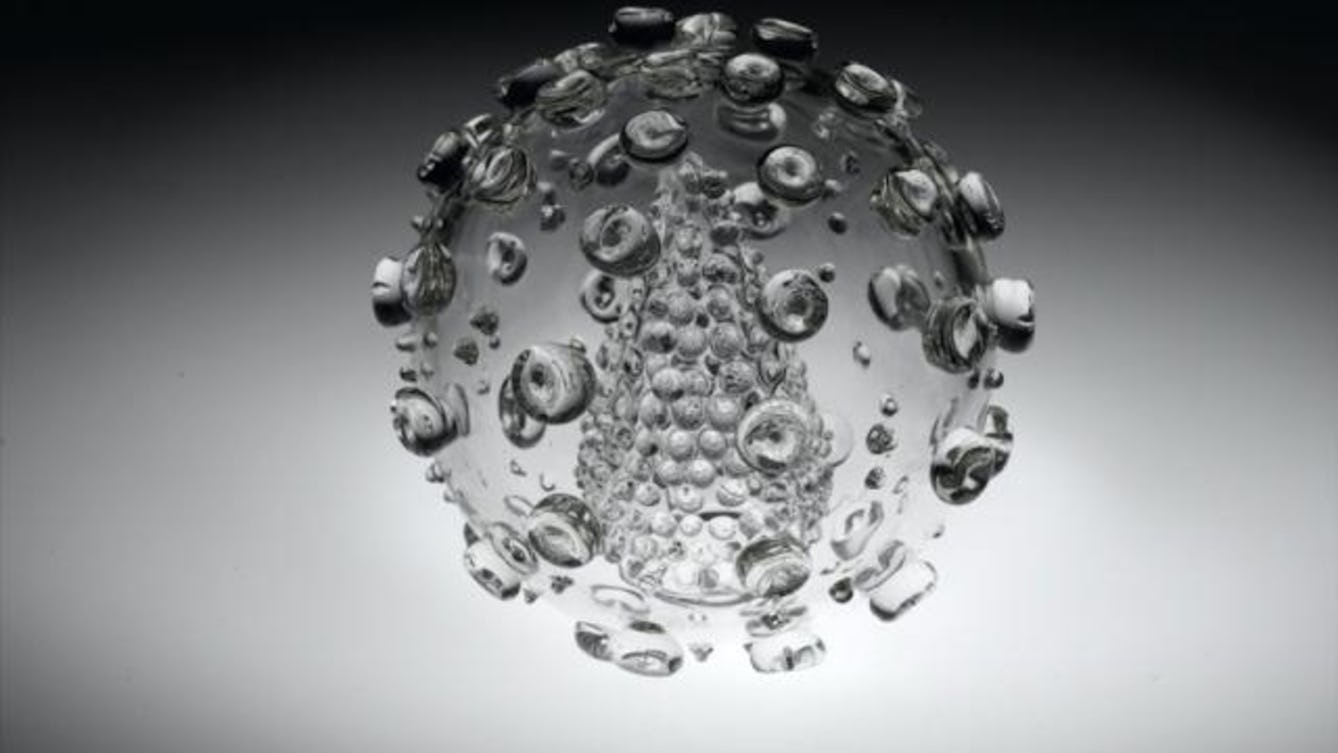
- Article
- Article
The relationship between science and art
Often seen as opposites, science and art both depend on observation and synthesis.
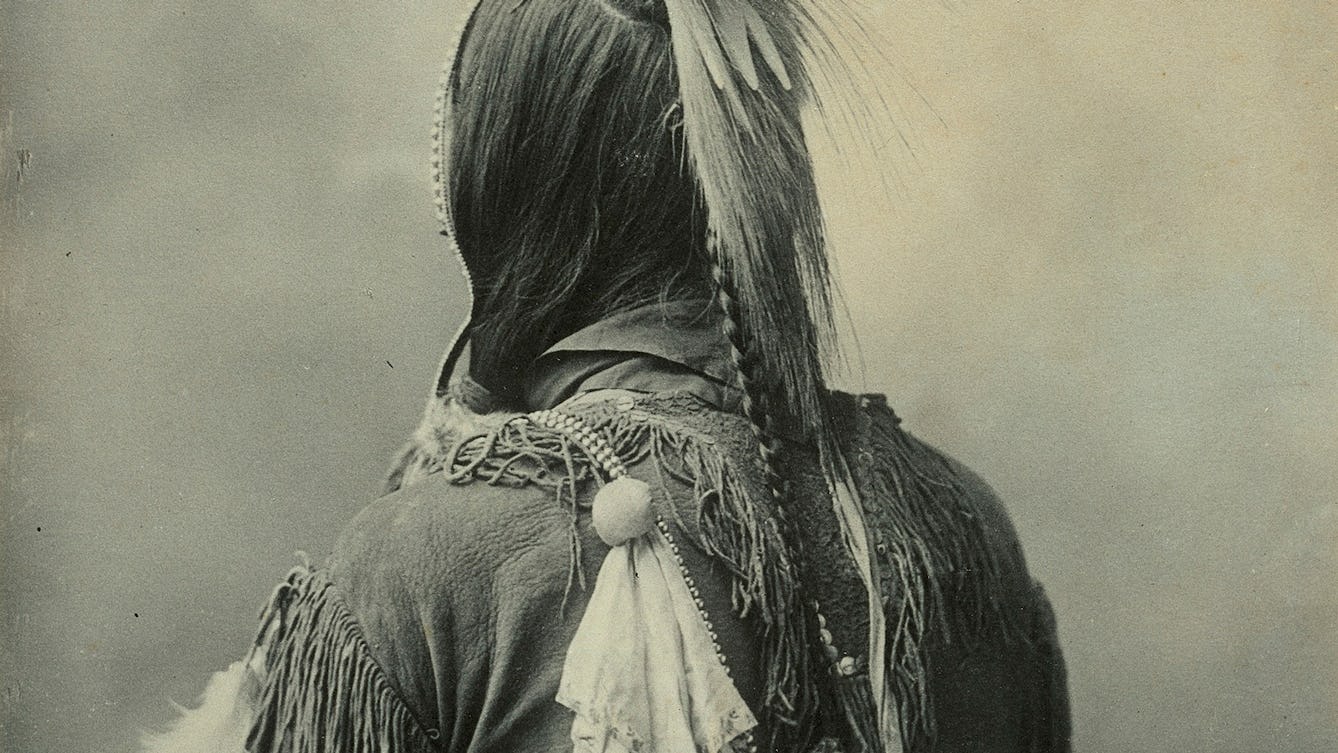
- Article
- Article
Native Americans and the dehumanising force of the photograph
In the second part of Native Americans through the 19th-century lens, we delve deeper into the ambivalent messages within the images.